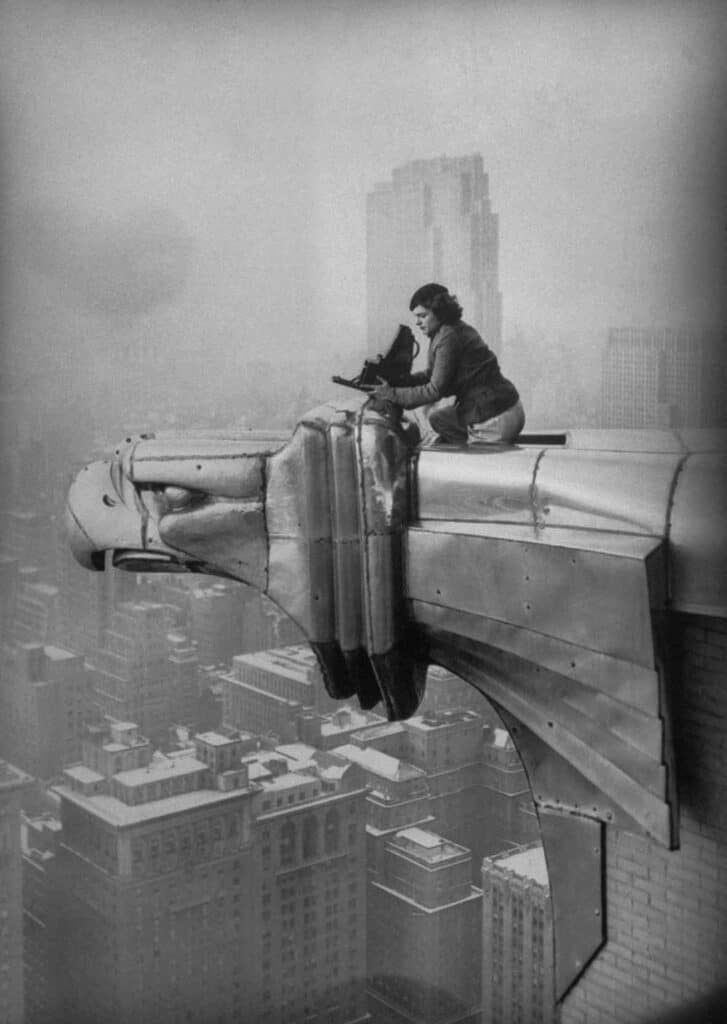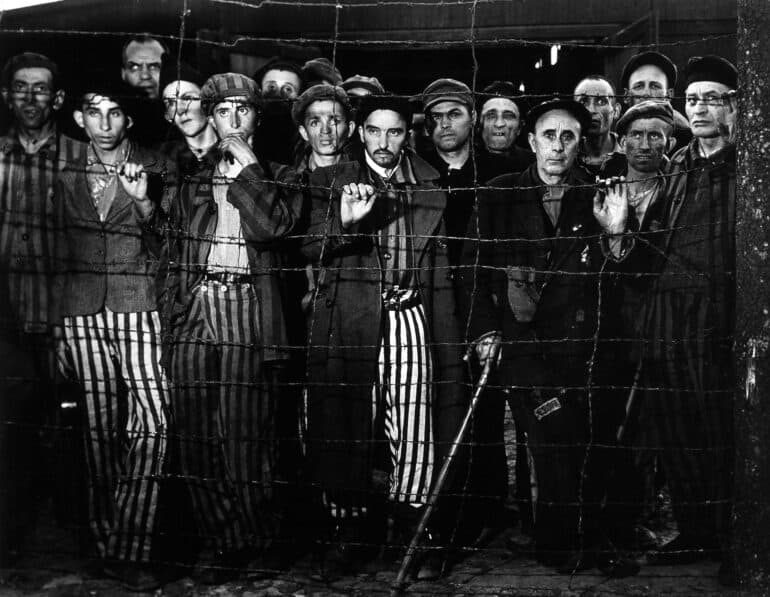Exhibition dedicated to Margaret Bourke-White, one of the most representative and emblematic figures of photojournalism.
In honor of the life and work of Margaret Buorke-White, a woman ahead of her time, the Museo di Roma in Trastevere is hosting a retrospective exhibition with more than 100 images of the artist. Considered a pioneer in many moments of photography, Buorke-White started as a photographer dedicating herself to the world of industry and corporate projects. She was the first female photographer for the famous and influential Fortune and Life magazines. Recording important historical moments through photography, she was at the battlefront of the Second World War, and documented segregation and racial conflicts in South Africa and the United States. Buorke-White also portrayed 20th century political characters such as Stalin and Gandhi.

The exhibition is composed of 11 sessions that bring together photographs from each period registered by the photographer. After reading an introduction about the artist’s life, with texts available in both Italian and English, the exhibition’s first session is entitled L’incanto delle acciaierie. It shows Buorke-White’s first works, with closed images captioning the industrial process of steel mills and wide photos of cities seen from above. This phase of the artist portrays the American industrial growth in the first decades of the 20th century, and the big cities becoming the main economic centers of the country. In contrast, the next session, Conca di polvere, documents the social work done by the photographer portraying the years of the Great Depression, in the South of the United States.

The third section, LIFE, located in the museum’s outdoor area, is one of the only to show colourful works, documenting the work done by Buorke-White while collaborating with the famous American magazine LIFE. Filled with magazine covers and articles, and expressive photos taken by the artist, this session seems to take us back in time and experience the latest news from the past century.
Then, the exhibition’s itinerary directs us to another wing of the museum where we can observe extremely political photographs. Being the first Western professional photographer permitted into the Soviet Union, Buorke-White provides us with photos of the soviet lifestyle in the 1930s, as well as figures of common and famous people — including the portrait of Stalin. Gradually, we reach the session where she was designated as the first female war correspondent in the Second World War. Having been on the battlefront, the photographs are intense and show the reality of the conflict.
Nei Campi, the sixth session of the exhibition, is probably the most emotional one. We witness the horrors of the Nazi concentration camps, as well as the moment of the liberation of the Buchenwald Concentration Camp in 1945. With strong images of people trapped and then reunited, putting an end to the nightmare, Buorke-White superbly captures the terror of war and its consequences.

In the next room, we turn to, firstly, the situation in India in the second half of the 1940s, and then a documentation on the Apartheid regime in South Africa. Having portrayed the violence that erupted at the Independence of India and its separation from Pakistan, Buorke-White was one of the last people to speak to and portray Gandhi, just hours before he was murdered in 1948. One of her most iconic photographs of the Indian popular leader at his spinning wheel is also displayed in the exhibition. No less impactful is the documentation of life in South Africa during the years of racial segregation, which we can see in the next room. Alternating photos of political leaders with photos of people’s routines, the artist builds a narrative of how life was like at the time.

Continuing on the theme of segregation and racism, in the section entitled Voci del Sud bianco, we observe colored images that portray society in southern United States in the 1950s. Photos of white families representing the American way of life are followed by photos of black people as secondary figures during that time. Buorke-White once again manages to teach a history lesson with images only.
The final sessions, in addition to exhibiting some significant aerial images done by the artist throughout her life, details through a series of images of her last and strenuous fight against Parkinson’s disease.
Completing the cycle of the artist’s life and work history, the exhibition “PRIMA, DONNA. Margaret Bourke-White” is a lesson in 20th century history through photography. The photo collection shows her visionary and at the same time narrative ability, allowing her to compose dense and dazzling photographic stories. The female identity, having Bourke-White as a pioneer in different moments in photojournalism, at a time when the capacity of women was extremely doubted, is portrayed throughout the entire exhibition. Iconic and representative images made this artist, who dedicated her life to photography, to be marked in history forever.
Till April 30, 2022
Museo di Roma in Trastevere
Piazza S. Egidio, 1/b
Tue – Sun 10am – 8pm
Entry fee €6,5-8,5




